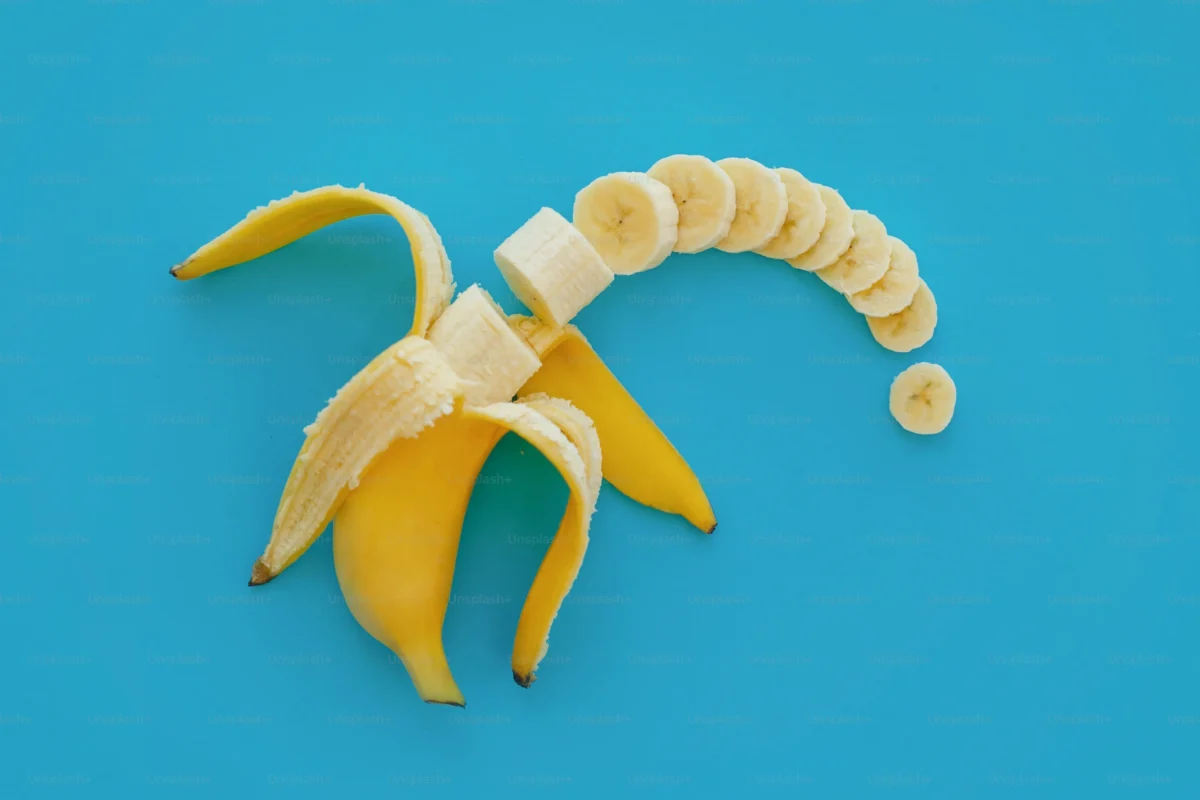Banana vs Apple for Diabetes: Which Fruit is Best?
Are you someone who wants to learn more about the nutritional benefits of bananas as a diabetic? The seemingly simple question of whether to eat a banana or apple for diabetes management can be daunting, especially for those managing their glucose intake. Understanding the difference between the sugar content of bananas and apples and the nutritional benefits of each fruit is important for making an informed decision. This article will explore the best option for diabetics: banana or apple? We’ll cover what diabetes is, the nutritional benefits of both fruits for diabetes management, the sugar content of bananas and apples, and ultimately, which fruit is the better option for diabetics. Keep reading to find the perfect fruit for your diabetes meal plan.
What is diabetes?
Although the audience for this article may not be specifically focused on diabetes, it is important to provide a comprehensive understanding of what this disease entails. Diabetes is a chronic condition that affects the body’s ability to regulate blood sugar levels. This occurs because either the body does not produce enough insulin (Type 1) or cannot effectively use the insulin it produces (Type 2).
Insulin is a hormone produced by the pancreas that helps glucose (sugar) in our blood enter our cells to be used as energy. When someone has diabetes, their blood sugar levels can become dangerously high or low, leading to a range of complications including blindness, kidney failure, and nerve damage.

There are many factors that can contribute to developing diabetes including genetics, lifestyle choices such as diet and exercise habits, and environmental factors. While there is no cure for diabetes yet, there are ways to manage it through medication, lifestyle changes such as healthy eating habits and regular physical activity.
It is important for anyone with an interest in learning about bananas or any other topic related to health and wellness to understand how diseases like diabetes can impact overall well-being. By raising awareness about conditions like these we can help people make informed decisions about their health and take steps towards preventing them from occurring in the first place.
The nutritional benefits of bananas and apples for diabetics.
For people with diabetes, choosing the right foods can be a challenge. Fortunately, bananas and apples are two fruits that not only taste great but also offer a host of nutritional benefits for those with diabetes.
Bananas are an excellent source of fiber, which helps regulate blood sugar levels by slowing down the absorption of carbohydrates. They also contain potassium, which can help reduce the risk of heart disease in people with diabetes. In addition, bananas are rich in vitamin C and vitamin B6, both of which play important roles in maintaining overall health.
Apples are another fantastic choice for people with diabetes. Like bananas, they contain fiber that helps regulate blood sugar levels and keep you feeling full longer. Apples also boast an impressive array of vitamins and minerals like vitamin C and antioxidants that protect against cell damage.
When it comes to managing diabetes through diet, incorporating fruits like bananas and apples into your meal plan is a smart choice. Not only do they offer important nutrients to support overall health but they can also help keep your blood sugar levels stable throughout the day. So next time you’re looking for a healthy snack option reach for a banana or apple!
The sugar content of bananas and apples for diabetes management is important.
When it comes to managing diabetes, understanding the sugar content of various fruits is key. Bananas and apples, two commonly consumed fruits, have different levels of sugar that can affect blood sugar levels in individuals with diabetes.
While bananas are a tasty and convenient snack option, they contain higher levels of natural sugars compared to apples. A medium-sized banana has approximately 14 grams of sugar, while a medium-sized apple contains around 10 grams.
However, it’s important to note that both bananas and apples also contain fiber and other beneficial nutrients that can help regulate blood sugar levels. The fiber in these fruits slows down the absorption of sugars into the bloodstream, which can prevent sharp spikes in blood glucose levels.
Individuals with diabetes should aim for moderate consumption of both bananas and apples as part of a balanced diet. It’s recommended to pair these fruits with protein or healthy fats to further slow down digestion and prevent sudden increases in blood glucose.

Overall, understanding the sugar content of different fruits is just one aspect of managing diabetes. It’s important for individuals with diabetes to work closely with their healthcare provider and registered dietitian to create a personalized meal plan that meets their unique needs.
What is the best option for diabetics: a banana or an apple?
When it comes to the debate of bananas versus apples for diabetics, there’s no clear winner. Both fruits have their own unique benefits and drawbacks that must be carefully considered before making a choice.
On one hand, bananas are high in fiber and potassium, which can help regulate blood sugar levels in those with diabetes. They also contain resistant starch, which has been shown to improve insulin sensitivity. However, bananas are also relatively high in carbohydrates and sugar, which can cause blood glucose spikes if consumed in excess.
On the other hand, apples are low in calories and carbohydrates while being high in fiber and antioxidants. This makes them an excellent choice for diabetics looking to manage their blood sugar levels without compromising on taste or nutrition. However, apples tend to have a lower glycemic index than bananas, meaning they may not provide as much quick energy for those who need it.
Ultimately, the best option for diabetics will depend on their individual needs and preferences. It’s important to consult with a healthcare professional before making any changes to your diet or exercise routine. By taking a holistic approach that considers all factors at play – including genetics and lifestyle habits – individuals with diabetes can make informed choices about what foods will best support their health goals over time.
Check out our other articles to find out even more about banana.
Bananas and apples are both great options for diabetics, as they both have a low glycemic index. Bananas can also provide additional nutritional benefits, such as fiber and potassium. However, when it comes to sugar content, bananas are the better option with half the amount of sugar found in apples.
Whether you opt for banana or apple (or a combination of both), it’s important to understand how each one affects your diabetes management strategies before including them in your diet regimen. Check out our other articles to find out even more about banana so that you can make an informed decision about which one is best for you!















